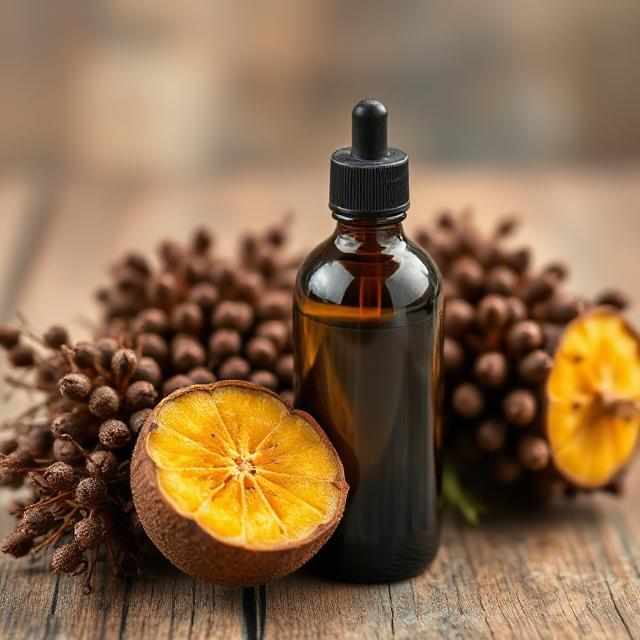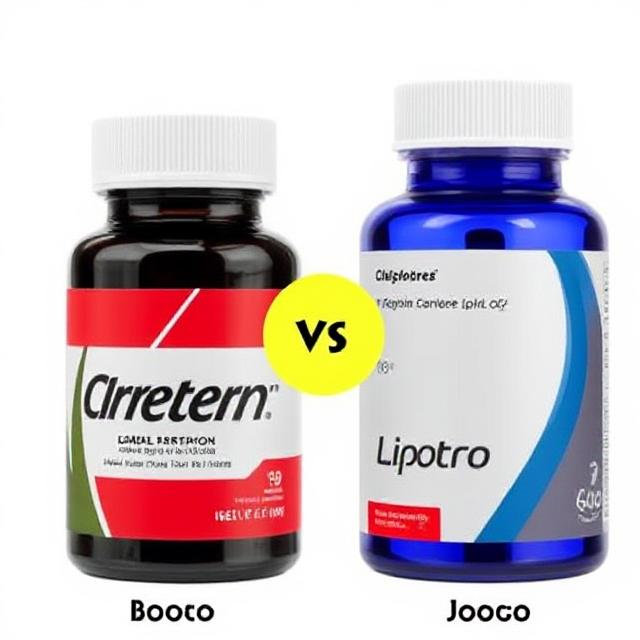Introduction to Hamachi Crudo
When it comes to fine dining and modern culinary artistry, Hamachi Crudo often occupies center stage. This dish embodies the epitome of simplicity, elegance, and sophistication. At its core, Hamachi Crudo is a raw fish preparation featuring the buttery, melt-in-your-mouth deliciousness of Hamachi, also known as yellowtail. This dish borrows global influences while presenting itself as an easily adaptable canvas for chefs and home cooks alike.

But what sets Hamachi Crudo apart from other raw fish dishes like sashimi or carpaccio? It’s the creative liberty in pairing the fish with unexpected ingredients, textures, and flavors. Whether it’s zesty citrus accents, spicy jalapenos, or the delicate drizzle of extra-virgin olive oil, the possibilities are truly endless. Hamachi Crudo may seem intimidating because of its appearance on fancier menus, but rest assured—this preparation is absolutely accessible and surprisingly approachable.
In this article, we take you on a deep dive into everything you need to know about Hamachi Crudo, from its origins and ingredient pairings to mastering the technique yourself at home. So, whether you’re a seasoned culinary aficionado or someone looking to elevate your dinner game, you’re in for a treat.
The Origins of Hamachi Crudo
The Yellowtail Connection
Hamachi, the Japanese term for yellowtail, is a revered staple across many culinary traditions, especially in East Asia. Known for its soft, tender meat and high-fat content, yellowtail occupies a special niche in both Japanese sashimi and sushi dishes. The fish has a natural richness that makes it extremely versatile for raw preparations.
What’s interesting is how Hamachi has transcended its traditional East Asian roots to find itself as the focal point of “Crudo,” an Italian word meaning “raw.” While the Italians use the term Crudo for a variety of raw dishes, often involving seafood or even cured meats, the fusion of Hamachi and Crudo is a testament to the beauty of culinary globalization.
The Evolution of “Crudo”
Historically, raw dish presentations have existed for centuries in various cultures. From Japanese sashimi to Peruvian ceviche and even Hawaiian poke, eating raw seafood isn’t a new concept. However, Italian Crudo represents a distinct tradition that emphasizes minimalism and focuses on natural flavors. Traditionally prepared with olive oil, sea salt, and sometimes lemon juice, Crudo maintains a purity that allows its main ingredient to shine.
Hamachi Crudo is the perfect example of this minimalistic ethos, blended with the rich, buttery accents of Japanese yellowtail. This dish has become a universal favorite among chefs eager to play with textures and flavors while remaining true to the spirit of raw food preparation.
Understanding the Aesthetics and Flavor Profile of Hamachi Crudo
Visual Appeal
Hamachi Crudo is not just delicious; it’s also a feast for the eyes. A perfectly plated serving of Hamachi Crudo resembles an abstract painting, with thin slices of Hamachi arranged neatly on a plate and topped with colorful garnishes. Chefs often take inspiration from seasonal ingredients, incorporating edible flowers, vibrant herbs like chives, or even jewel-like pomegranate seeds to create culinary art.
The Taste Spectrum
The beauty of Hamachi Crudo lies in its harmonious flavors. The buttery, smooth texture of Hamachi forms the foundation, while the garnishes and dressings create layers of complexity. Citrus elements such as blood orange or yuzu complement the natural richness of the fish with bright acidity. Spicy toppings like red chili flakes or thinly sliced jalapenos add an exciting contrast.
Not to mention, earthy ingredients such as fresh nutmeg or truffle oil can also introduce an alluring depth of flavor. The key to a well-balanced Hamachi Crudo is restraint—because the central ingredient, the Hamachi, should always remain the star of the dish.
Choosing Quality Ingredients: Why They Matter Most
The Star Ingredient: Hamachi
The quality of the yellowtail fish you select is the cornerstone of this dish. Look for sushi-grade Hamachi to ensure the superior freshness required for raw preparations. If you’re unsure, consult your fishmonger and explicitly request fish intended for sashimi or Crudo.
Fresh Hamachi should exhibit a delicate, translucent appearance with no overly fishy odor. Pay attention to the marbling too—the more evenly distributed, the better the taste and texture will be.
Supporting Players: Dressing and Garnishes
In addition to fresh Hamachi, you’ll want to curate ingredients for both the dressing and garnishes. For the dressing, high-quality extra-virgin olive oil and freshly squeezed citrus juice are non-negotiable. Remember, these elements are meant to enhance and not overpower.
As for garnishes, think about elements that contribute both visually and texturally. Microgreens, pickled vegetables, or even a sprinkle of sea salt flakes can work wonders. Experimenting with flavor is encouraged, but always ask yourself: does this ingredient amplify or obscure the Hamachi?
How to Make Hamachi Crudo at Home
Step-by-Step Guide
Crafting Hamachi Crudo might seem intimidating at first, but the process is deceptively simple if you follow the steps carefully:
- Source Fresh Ingredients: Begin with sashimi-grade Hamachi and gather essential garnishes and dressings, such as citrus fruits, thinly sliced herbs, and olive oil.
- Prepare the Hamachi: Using a very sharp knife, slice the Hamachi into thin, bite-sized rectangles. Uniformity is key for both aesthetics and consistency in flavor.
- Plate the Hamachi: Arrange the fish slices on a chilled plate. Ensure they don’t overlap, as each slice should stand on its own.
- Dress Gently: Lightly drizzle the olive oil and citrus juice over each slice, paying attention not to drown the fish in liquid. A few drops per slice will suffice.
- Garnish With Intention: Add your toppings of choice—thinly sliced jalapeno, radish, microgreens, or even edible flowers.
- Serve Immediately: Hamachi Crudo is best enjoyed instantly to appreciate the freshness.
Contemporary Takes and Trends Around Hamachi Crudo
Fusion Flavors
Modern chefs are now experimenting with Hamachi Crudo by blending ingredients from other cuisines. For example, Peruvian-inspired garnishes like leche de tigre (a ceviche-style citrus marinade) are being used to add a bold and punchy flavor.
Some chefs are also incorporating Middle Eastern spices like za’atar or sumac to give the dish a more global appeal. Fusion helps push the boundaries while still respecting the core elements that define a Crudo.
Sustainable Choices
Another notable trend is the focus on sustainability. More restaurants and individuals are using responsibly sourced yellowtail to minimize their environmental footprint. By choosing sustainable fish options, Hamachi Crudo can become a guilt-free indulgence.
Why Hamachi Crudo Deserves a Spot on the Menu
Hamachi Crudo isn’t just a dish; it’s an experience. Whether you’re enjoying it at a Michelin-starred restaurant or crafting it at home for a special occasion, this dish offers an unmatched combination of simplicity and sophistication. Its versatility ensures there’s always room for creativity, making each version unique.
Moreover, in a world enamored with culinary storytelling, Hamachi Crudo stands as a reminder that less is often more. It lets quality ingredients take center stage while offering ample room for personal interpretation.
By mastering this dish, you’ll not only increase your culinary repertoire but also gain insight into the magic that happens when global traditions converge on a single plate. The next time you’re looking to impress, why not start with the timeless allure of Hamachi Crudo?










